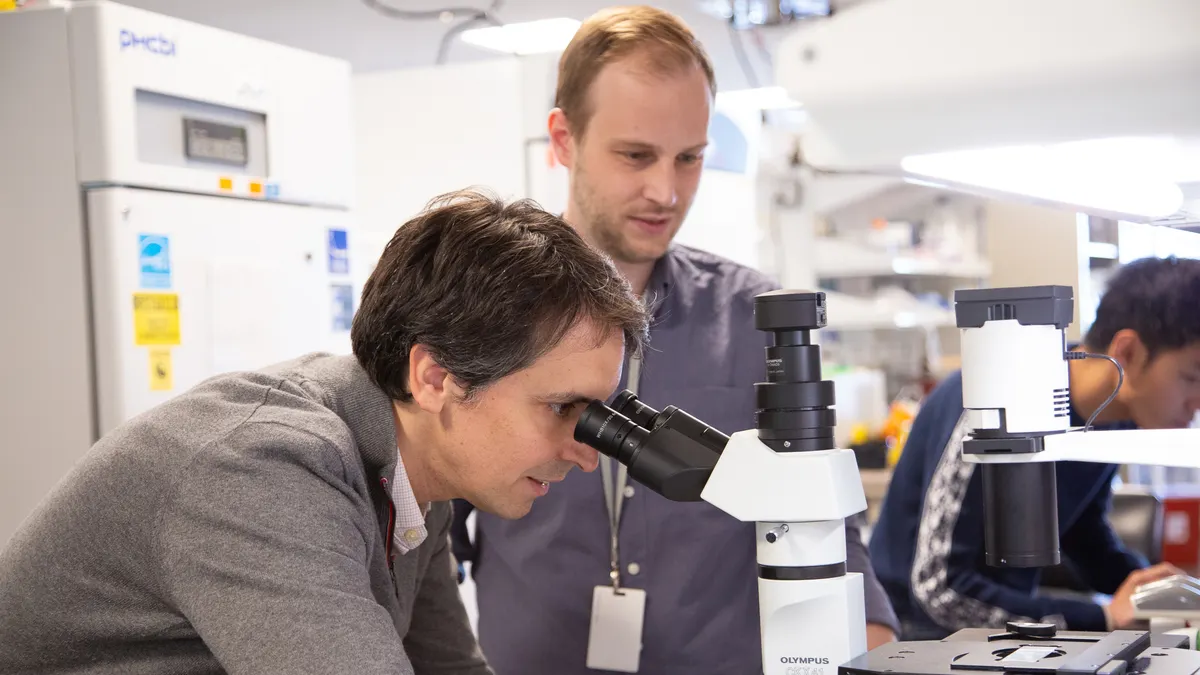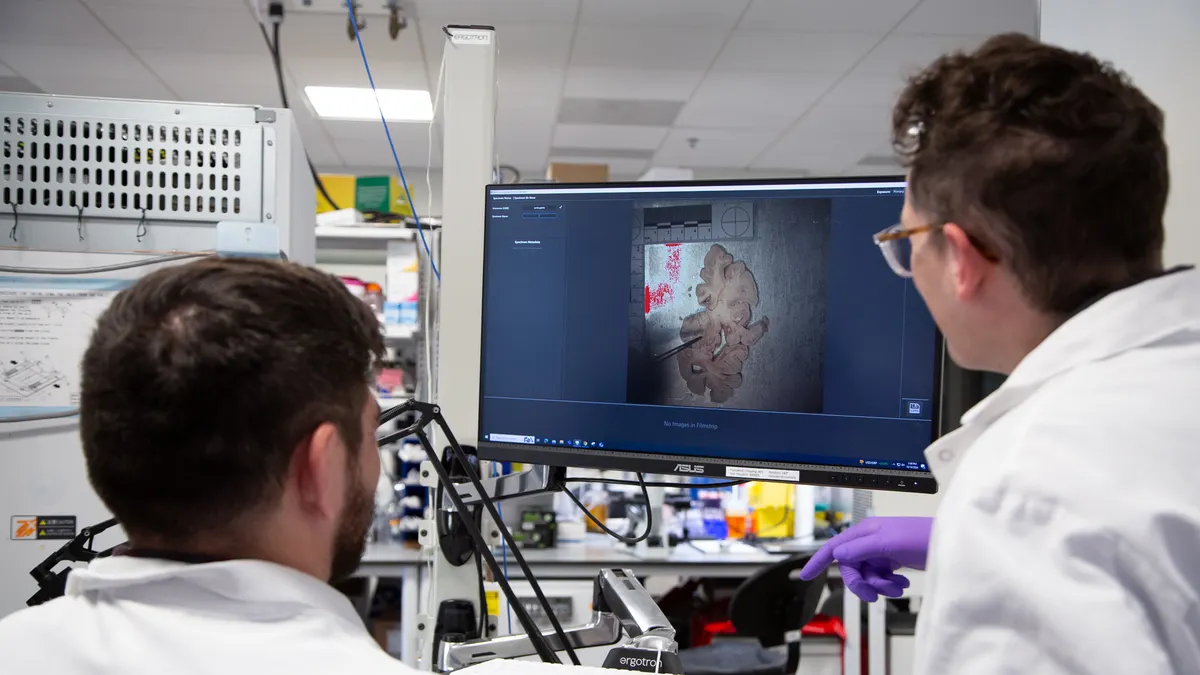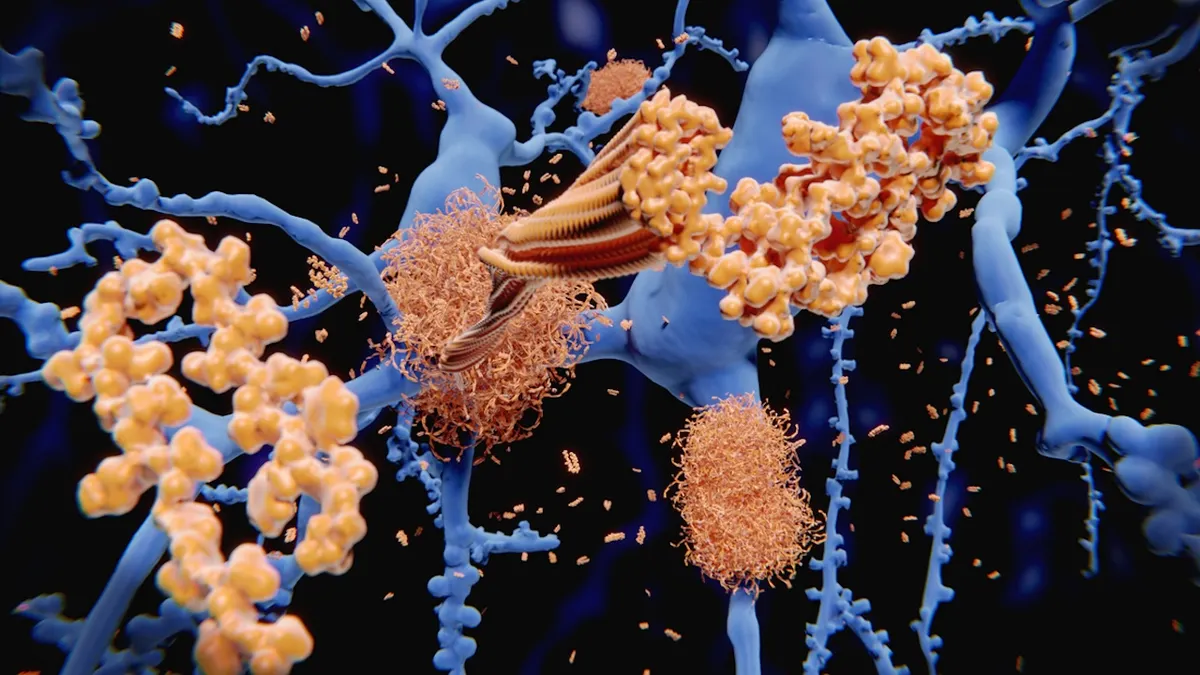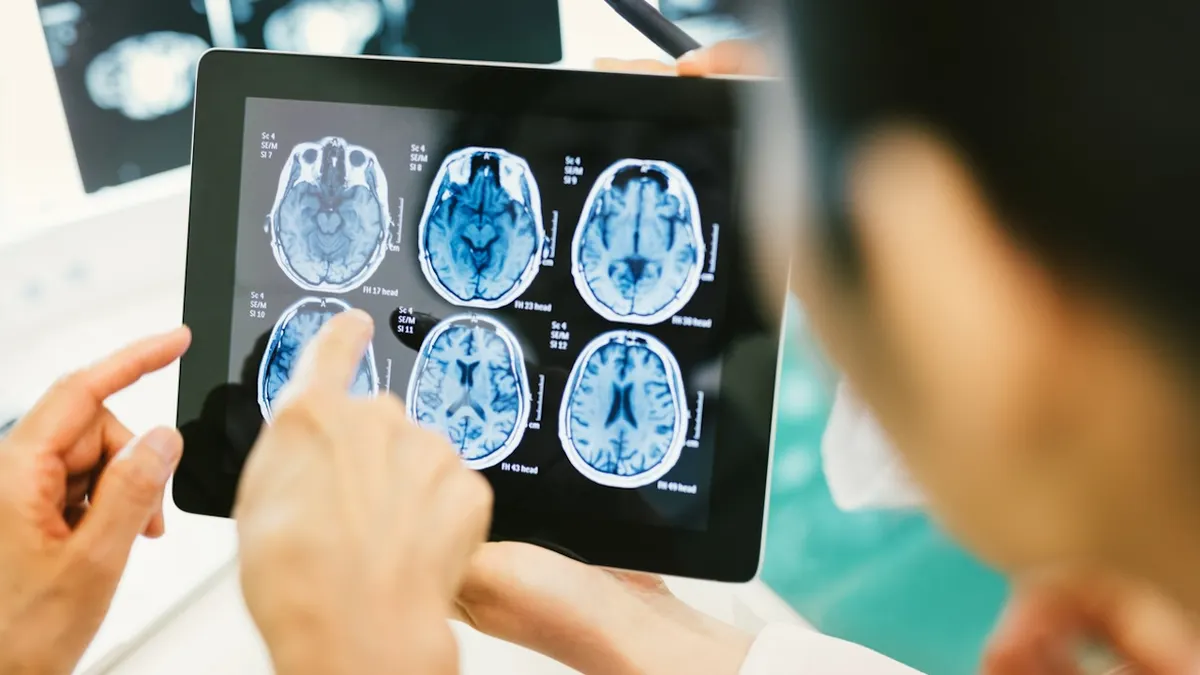

New details have emerged about how Alzheimer’s disease affects the brain.
Researchers led by the Allen Institute for Brain Science in Seattle and University of Washington Medicine have identified cellular changes in the brains of people with the disease — and a timeline of when they occur.
"Instead of looking at AD just through the usual lens of plaques and tangles, we focused on how specific cell types were changed in each phase," study author Dr. Kyle Travaglini, Ph.D., a scientist at Allen Institute, told Fox News Digital via email.
ALZHEIMER’S DISEASE COULD BE SLOWED BY BOOSTING A CERTAIN PROTEIN IN THE BRAIN, RESEARCHERS SAY
"We identified two main phases in AD by arranging donors along a continuous disease trajectory — a slow, early phase with low levels of pathology and no cognitive decline, followed by a later phase where there’s a huge buildup of pathology and cognitive decline."

The study, which was published this week in Nature Neuroscience, examined millions of cells from the donated brain tissue of 84 deceased Alzheimer’s patients.
The donors ranged from mild cases with no symptoms to advanced dementia cases.
TO REDUCE DEMENTIA RISK, SENIORS SHOULD TAKE UP THIS OUTDOOR ACTIVITY, STUDY SUGGESTS
"By studying research subjects across the spectrum of AD, including those in the earliest stages of disease, we hope to identify vulnerable cells early in the disease process, long before a person develops symptoms," C. Dirk Keene, professor of neuropathology at UW Medicine, said in a press release.
Researchers focused on the middle temporal gyrus (MTG) — the part of the brain that controls language, memory and vision.
That portion of the brain is known as a "critical transition zone," where evidence of Alzheimer’s appears and then worsens as the disease progresses.

Using machine learning technology, researchers compared the cells, genes and DNA of the Alzheimer’s brain samples to maps of the normal brain generated by the Allen Institute.
"With these tools, scientists were able to detect the earliest cellular changes to the brain to create a more complete picture of what happens over the entire course of the disease," John Ngai, Ph.D., director of The BRAIN Initiative, said in the release.
"The new knowledge provided by this study may help scientists and drug developers around the world develop diagnostics and treatments targeted to specific stages of Alzheimer’s and other dementias," he added.
The study identified "two distinct phases" of Alzheimer’s disease.
"You could say we created a pathology clock that tells not only what changes are happening in this cortical region, but when," said Mariano Gabitto, Ph.D., a lead author and assistant investigator at the Allen Institute, in the release.

First, there was a "slow, early buildup of abnormal cellular changes," the researchers noted.
During this period, the patient may not experience any symptoms of memory loss or cognitive decline.
In that first phase, the researchers were surprised to discover the loss of certain inhibitory neurons that were not previously linked to Alzheimer’s.
DEMENTIA ADVICE: HERE ARE 16 SAFE THINGS TO SAY TO YOUR LOVED ONE
Travaglini described that as a "critical discovery," as those neurons act as "brakes" for brain activity and "keep things balanced."
"This specificity gives us new clues about how and why certain brain circuits could break down in AD," he said.

Richard J. Hodes, MD, director of the NIH National Institute on Aging, noted that one of the challenges in diagnosing and treating Alzheimer’s is that much of the damage to the brain happens in this early phase, before symptoms occur.
"The ability to detect these early changes means that, for the first time, we can see what is happening to a person’s brain during the earliest periods of the disease," he said in the release.
The second phase was marked by a "much more extensive loss" of different types of neurons and cells, leading to the accumulation of the hallmark "plaques and tangles" in the brain — which is typically when patients begin to notice cognitive decline.
Igor Camargo Fontana, Ph.D., Alzheimer’s Association director of scientific conference programming in Chicago, was not involved in the study but shared what he described as the "bigger picture" it revealed.

"Alzheimer’s disease has a long pre-symptomatic period; Alzheimer’s-related changes take place in the brain 10, 15 or even 20 years before the onset of memory and thinking symptoms," he told Fox News Digital.
TO SIGN UP FOR OUR HEALTH NEWSLETTER
"If the findings in this new paper are confirmed by other labs, it raises the question of whether effectively addressing the brain changes that happen in what the authors call the first ‘quiet’ phase can slow, delay or prevent the second, more destructive phase."

Looking ahead, Fontana says it will be important to further investigate the "quiet" phase to confirm how it’s linked to the better-known biomarkers of Alzheimer’s, such as amyloid and tau.
For more Health articles, visit www.foxnews.com/health
The hope is that this new timeline of how the disease affects the brain will help guide the development of new treatments, according to researchers.
The study was supported by the National Institute on Aging and the NIH BRAIN Initiative.


